The power of Dandyism at this year's Met Gala

The Met Gala, an iconic event that celebrates both fashion and art, has long been known for its extravagant displays of creativity and culture. But this year, the theme 'Superfine: Tailoring Black Style' promises to explore a deeper, more meaningful conversation about fashion's history and the often overlooked narratives within it. Among those whose stories remain on the fringes, is a movement called dandyism which celebrates black culture and the legacy of black tailoring, an art form that has shaped men’s fashion but often been neglected in the mainstream discourse.
At its core, dandyism is more than just a fashion statement; it’s a cultural movement steeped in individualism, refinement, and defiance. Dandyism emerged in the early 19th century as a rejection of the current social norms, with figures like Beau Brummell leading the way. Known for his sharp suits, impeccable grooming, and disdain for excessive ornamentation, Brummell defined dandyism as a pursuit of understated elegance. His style wasn’t just about clothes, it was a statement about identity, power, and how to navigate the world with grace and control.
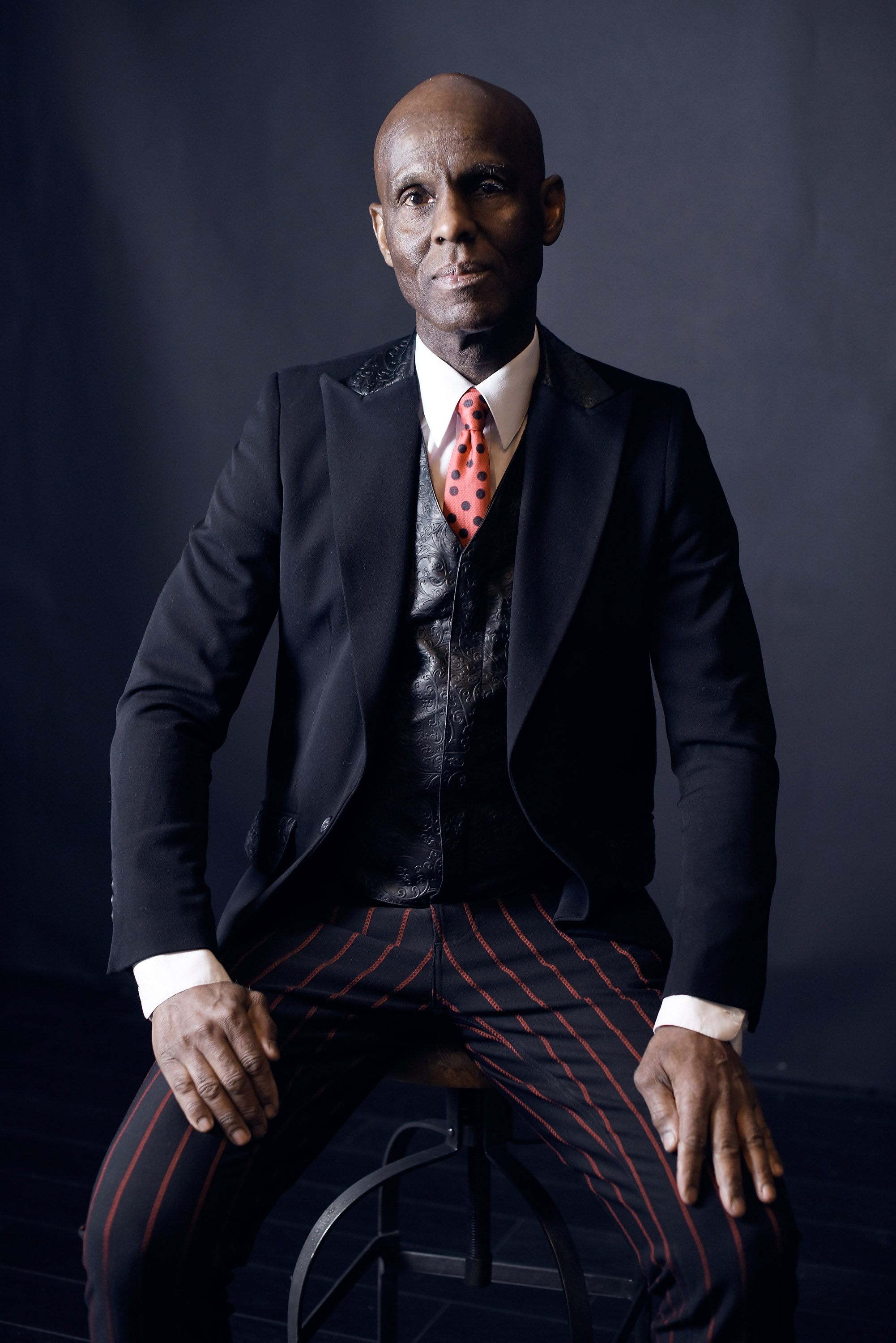
But dandyism, particularly in the 19th century, was predominantly a European and white construct. Its origin in the salons of London and Paris was tightly bound to class and privilege. Over time, however, dandyism evolved and transcended its initial confines, influencing fashion movements and giving rise to new interpretations in different cultures and communities.
One of the most powerful reinterpretations of dandyism emerged from the Black diaspora. From Harlem to London, black men began to adopt and adapt the dandy style, infusing it with their own rich cultural influences, history, and personal expression. The Black dandy, an embodiment of style, intellect, and social defiance became a symbol of resistance in the face of racial inequality and discrimination.
For black men and women, the movement was often used to challenge stereotypes and elevate their status in society. The sharpness of a suit, the care in a tie, the elegance of a pocket square, these were not just accessories but shields against the prejudice and limitations imposed on them. In a world that sought to marginalise their humanity, the black dandy stood tall, claiming space and style as acts of self-empowerment, even in places that didn’t fully embrace them.
The Met Gala has often been criticised for choosing themes that can feel arbitrary, such as last year’s “Camp: Notes on Fashion” or “Heavenly Bodies: Fashion and the Catholic Imagination.” These themes, while fun, often prioritise spectacle over substance, focusing on surface-level trends rather than exploring the deeper stories that shape fashion’s evolution.
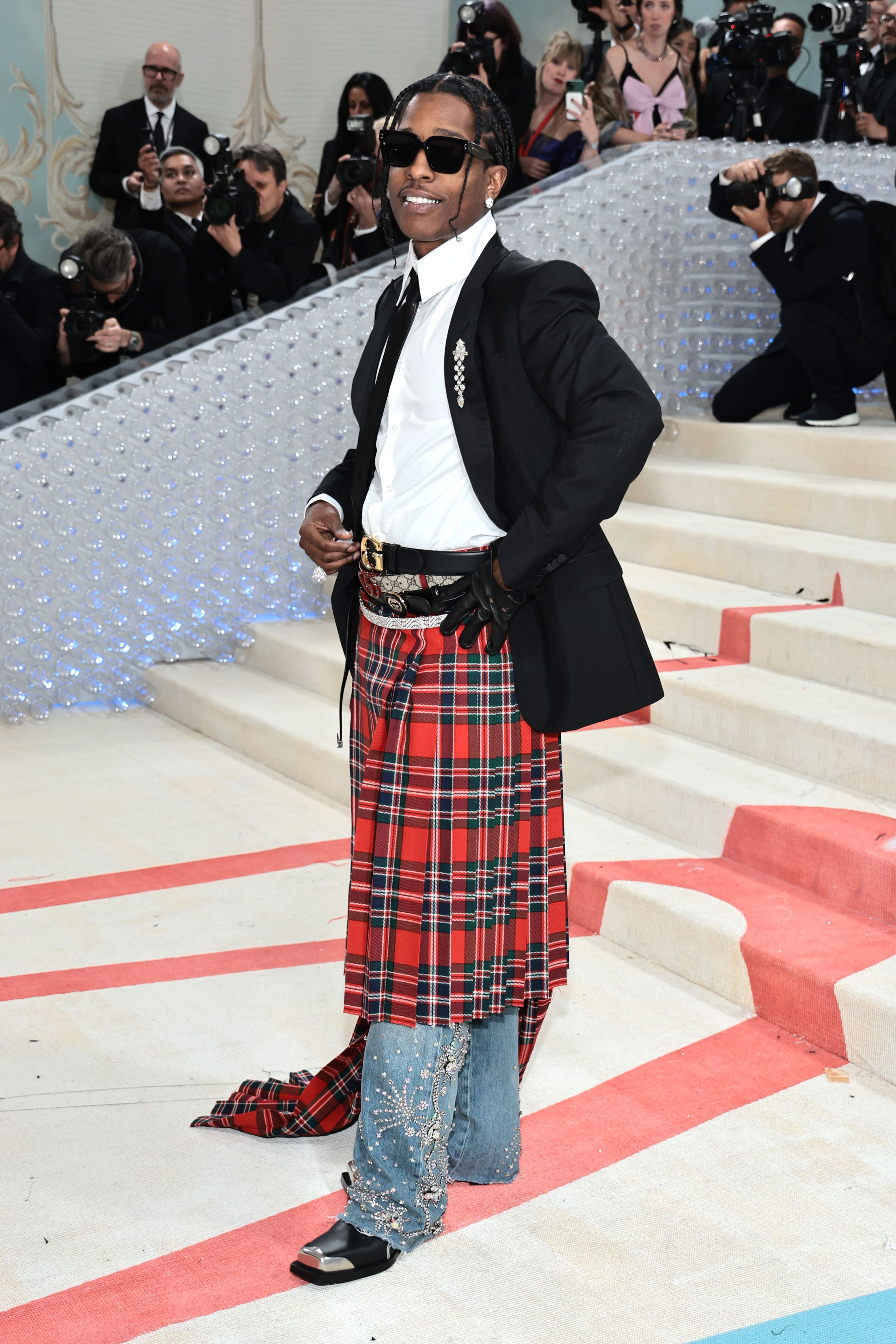
A$AP Rocky at the Met Gala 2023
So this year, announced by co-chairs ASAP Rocky Pharrell Williams, Colman Domingo and Lewis Hamilton; men that have dabbled in dandyism in their own style evolutions, the Met Gala has an opportunity to engage in a more meaningful dialogue. One that explores the intersection of history, culture, and fashion. This theme moves away from the notion of a "random trend" and delves into a historic fashion legacy.
Celebrity news, beauty, fashion advice, and fascinating features, delivered straight to your inbox!
The combination of these legacies at the Met Gala signifies a shift toward a more inclusive and historically conscious approach to fashion. It encourages the fashion community to look beyond fleeting trends and towards a more profound understanding of fashion’s power to shape society.
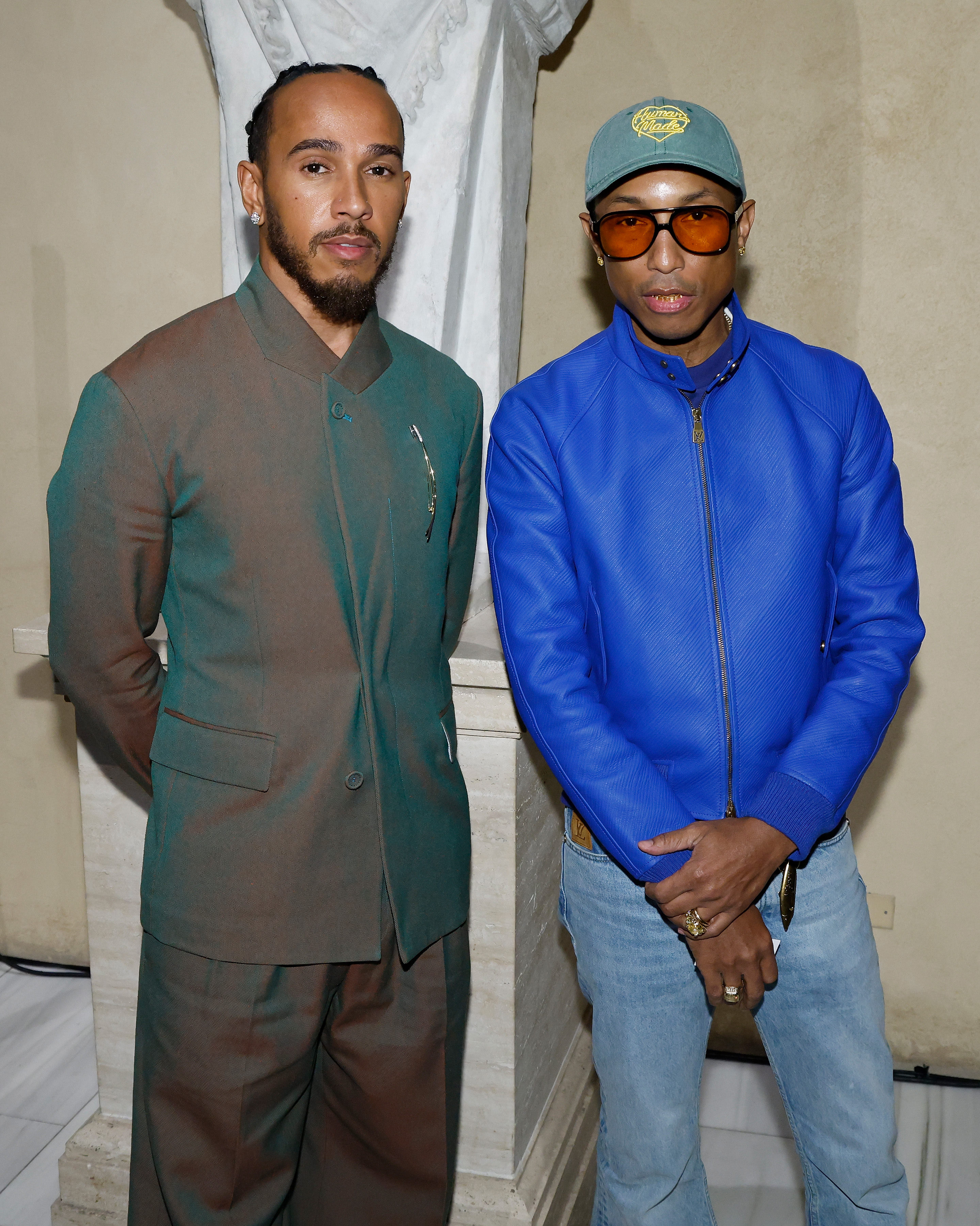
Lewis Hamilton and Pharrell Williams at The Costume Institute's Spring 2025 Exhibition Press Conference
The theme becomes a celebration of individuality, not just as a form of personal expression, but as a political statement and an acknowledgement of the struggle for visibility, recognition, and respect.
Including Black dandyism in the Met Gala’s theme also challenges the fashion industry to face its historical erasures. It’s a chance to highlight how Black culture has influenced and reshaped European fashion traditions, even though these contributions have too often been overlooked. By celebrating both legacies, the Met Gala is attempting to blend these two powerful cultural movements one rooted in European elegance while the other in Black resistance and cultural innovation. This fusion is more than just fashion; it’s about reclaiming space, acknowledging forgotten histories, and pushing the boundaries of what fashion can represent.
In a world where fashion often mirrors the dominant cultural narratives, this year’s Met Gala invites a refreshing change. It’s not just about the glamour, it’s about sparking meaningful conversations, telling untold stories, and honouring legacies that are long overdue for recognition.
5 Black “Dandy” designers to watch and know: Ozwald Boateng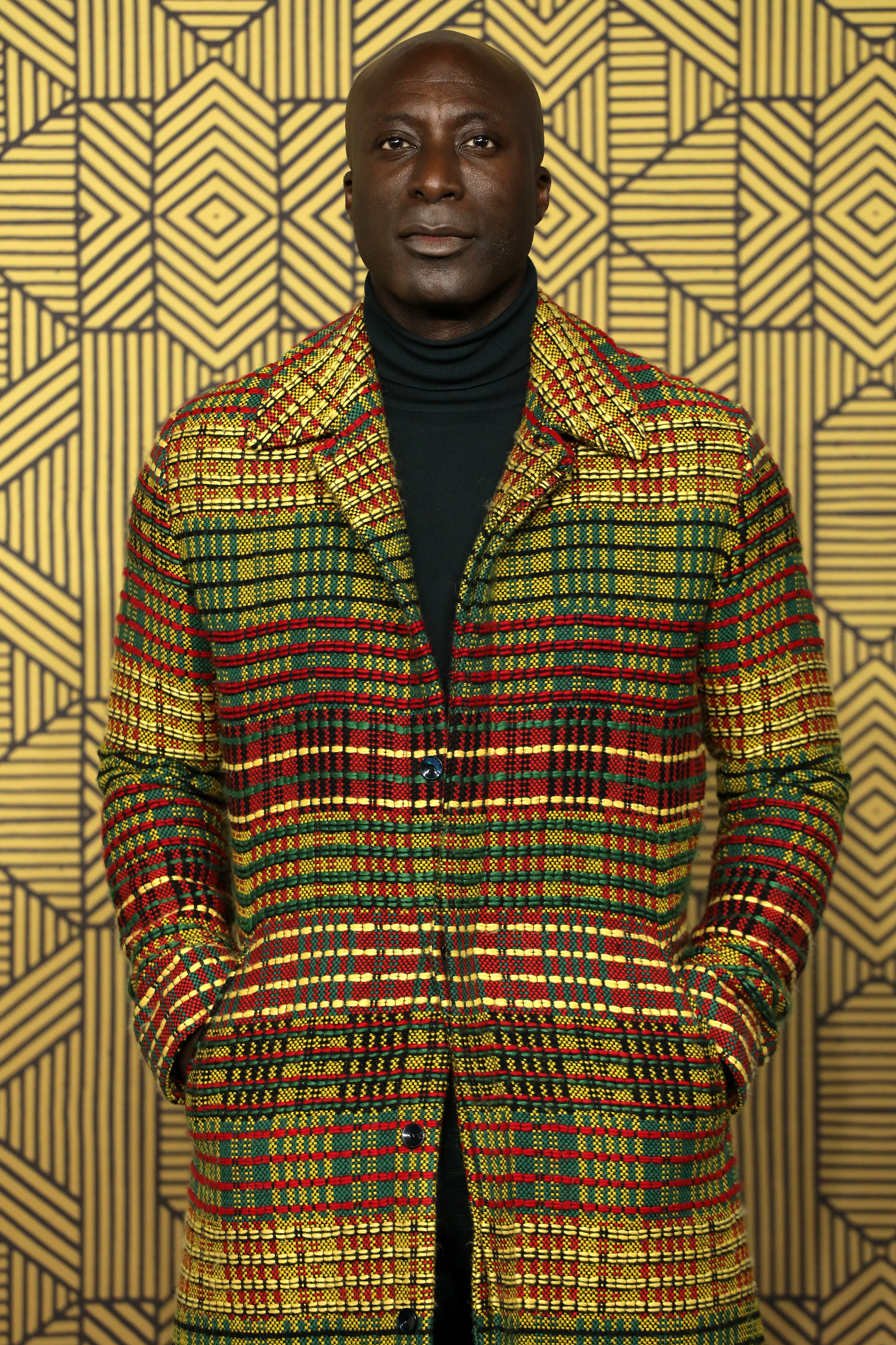
London-born and of Ghanaian heritage Ozwald Boateng began designing suits at 16. In 1989 he officially launched his Saville row namesake brand that would go on to change the face of British tailoring.
Andrew RamroopLondon-born and of Ghanaian heritage, Andrew Ramroop made history in 1988 when he became the first Black business owner on Savile Row, assuming ownership of the Maurice Sedwell tailoring house. He founded the Savile Row Bespoke Academy (SRBA), a specialist school for aspiring tailors, in 2008.
Dapper Dan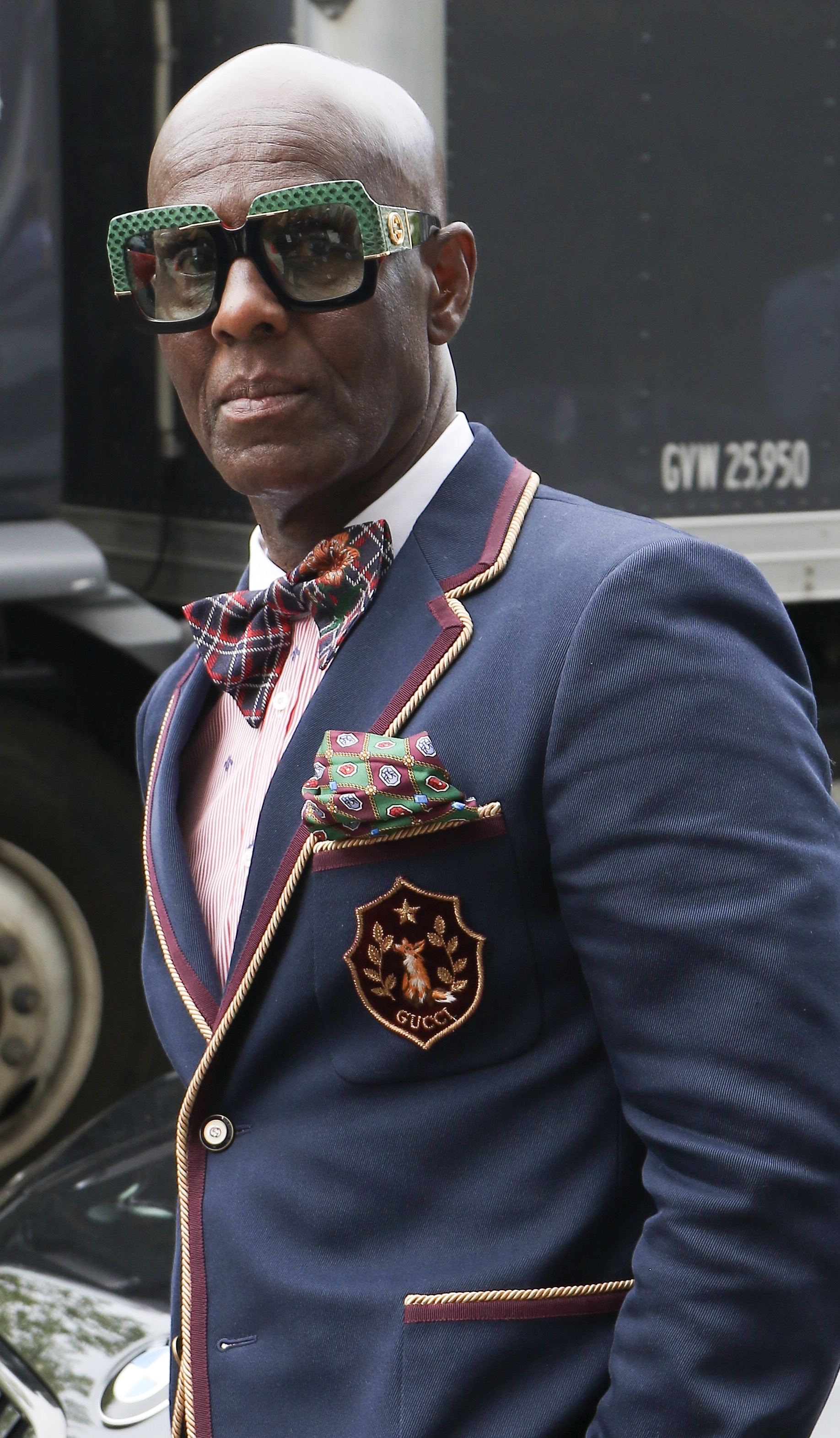
Daniel day, famously known as dapper dan, is an American fashion designer and haberdasher from Harlem, New York. His Harlem storefront, Dapper Dan’s Boutique, opened in 1982 and is known for its unique blend of high fashion and street style.
Maurice Sedwell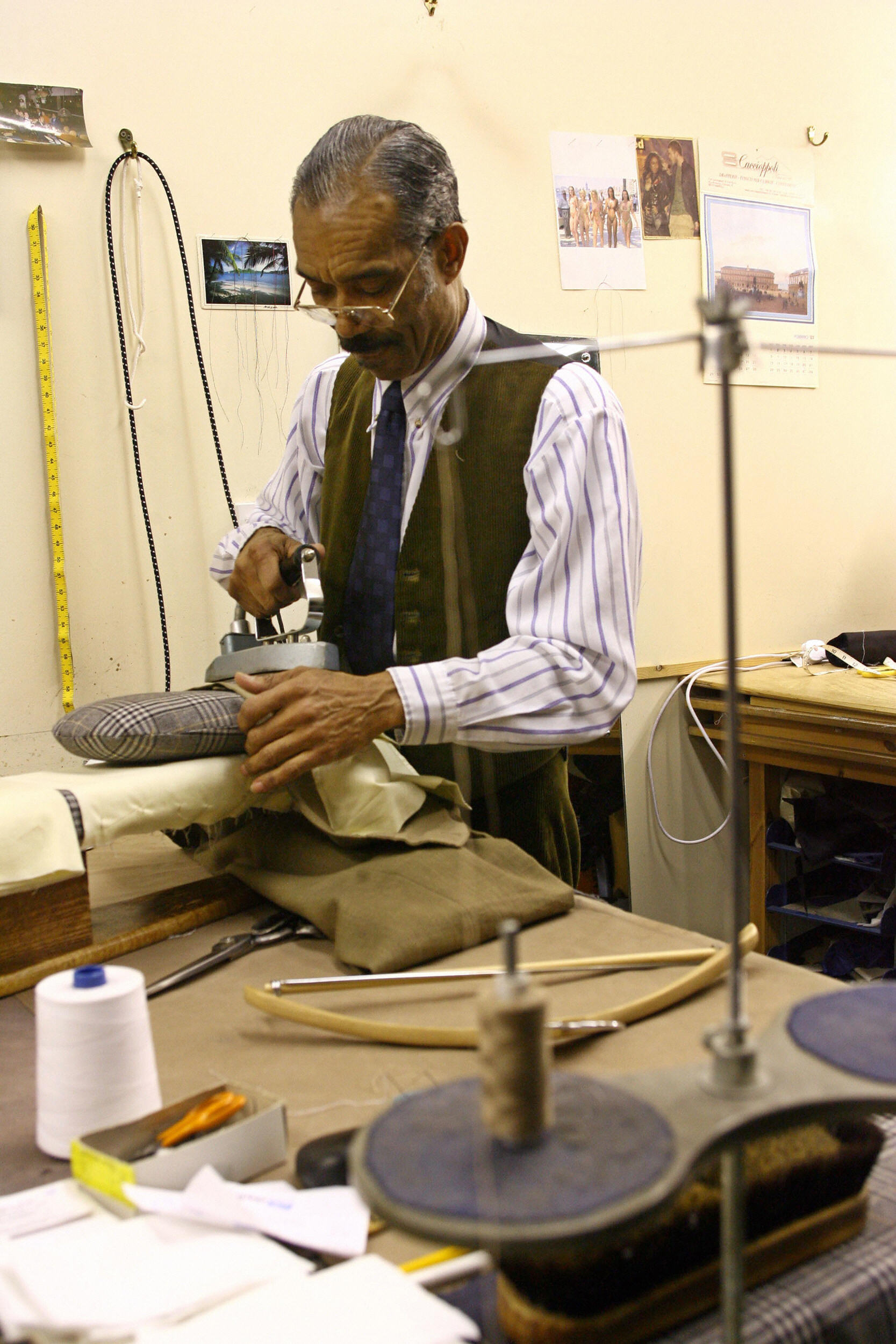
Sedwell was first established on Fleet Street in London by Maurice Sedwell in 1938. He later won the Gold Medal from the Tailor & Cutter Academy, competing with the best tailors in the country. In 1988, the company was purchased from the retiring Maurice Sedwell by Andrew Ramroop, a long-standing employee.
Casely-Hayford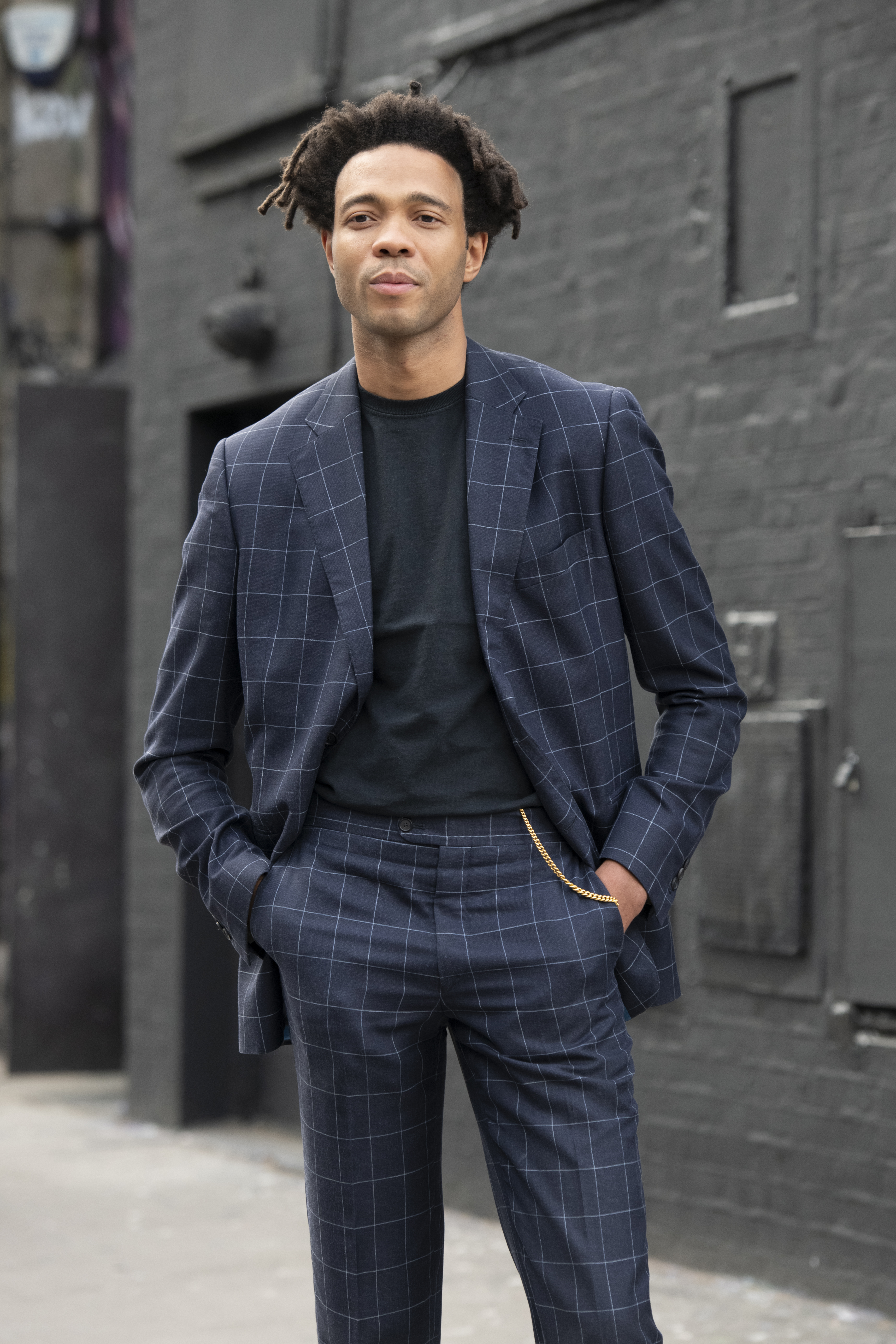
Joe Casely-Hayford OBE (1956–2019) was a pioneering British designer whose four-decade career helped shape 21st-century style. Known for blending tailoring with streetwear and merging establishment aesthetics with punk influences, he created a distinct design language that inspired a new generation.
Casely-Hayford began producing collections in 1983 under the label Kit, offering original yet wearable clothing that reached over 150 stores worldwide. In 2009, he and his son Charlie Casely-Hayford launched the luxury menswear brand Casely-Hayford, continuing his legacy of innovation.
marieclaire





